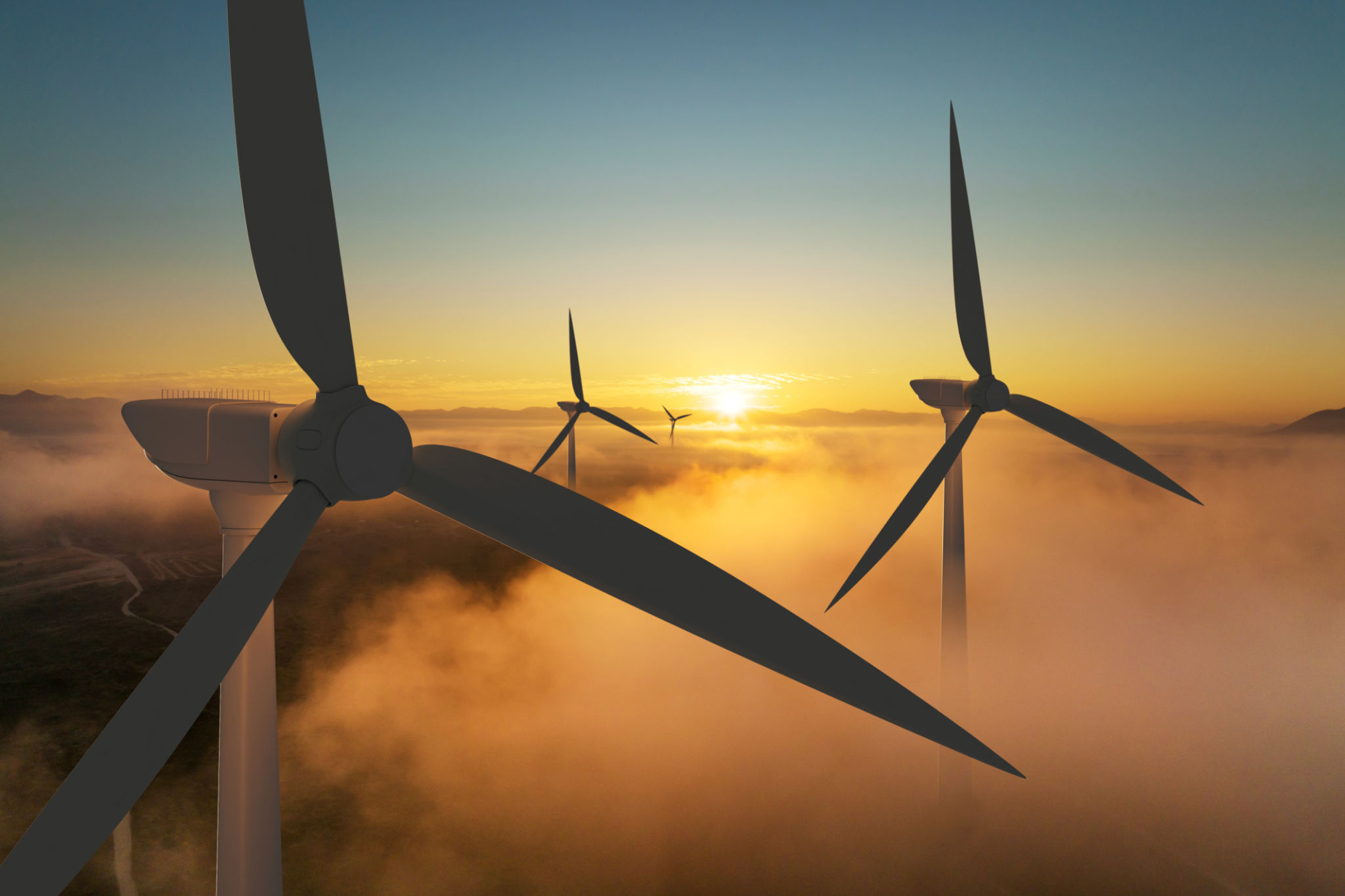The Ultimate Guide to Alternative Energy Sources in Maryland
Ki
Introduction to Alternative Energy in Maryland
Maryland is making strides in the adoption of alternative energy sources, driven by environmental concerns and the state’s commitment to reducing carbon emissions. As part of this effort, Maryland has embraced various renewable energy sources, including solar, wind, and bioenergy, to power homes and businesses.

Solar Energy
One of the most popular alternative energy sources in Maryland is solar power. With government incentives and an abundance of sunlight, solar energy has become increasingly accessible to homeowners and businesses. Installing solar panels can significantly reduce electricity bills while contributing to a cleaner environment.
Maryland offers several incentives to encourage solar energy adoption, such as the Solar Renewable Energy Certificate (SREC) program and federal tax credits. These incentives make solar investments more affordable and appealing.
Wind Energy
Maryland's coastal location provides an excellent opportunity for harnessing wind energy. Offshore and onshore wind farms have been developed to capture the strong, consistent winds along the coast. This clean energy source helps to power thousands of homes across the state.

Offshore Wind Projects
Offshore wind projects are a focal point in Maryland's energy strategy. The state has invested in several large-scale offshore wind farms, designed to generate significant amounts of electricity and reduce reliance on fossil fuels.
Bioenergy
Bioenergy is another essential component of Maryland's alternative energy mix. This energy source utilizes organic materials, such as plant and animal waste, to produce heat, electricity, and fuel. The state supports bioenergy projects that convert agricultural and municipal waste into clean energy.

Benefits of Bioenergy
Bioenergy offers numerous benefits, including reducing waste in landfills, lowering greenhouse gas emissions, and providing a sustainable energy source. It also supports local economies by creating jobs in the bioenergy sector.
Hydroelectric Power
Although less prevalent, hydroelectric power contributes to Maryland's renewable energy landscape. The state utilizes small-scale hydroelectric plants to generate electricity from flowing water. This method provides a consistent and reliable energy source, complementing other renewable energy technologies.
Conclusion
Maryland's commitment to alternative energy sources is paving the way for a cleaner, more sustainable future. By investing in solar, wind, bioenergy, and hydroelectric power, the state is reducing its carbon footprint and promoting environmental stewardship. These efforts not only benefit the environment but also support economic growth and energy independence.